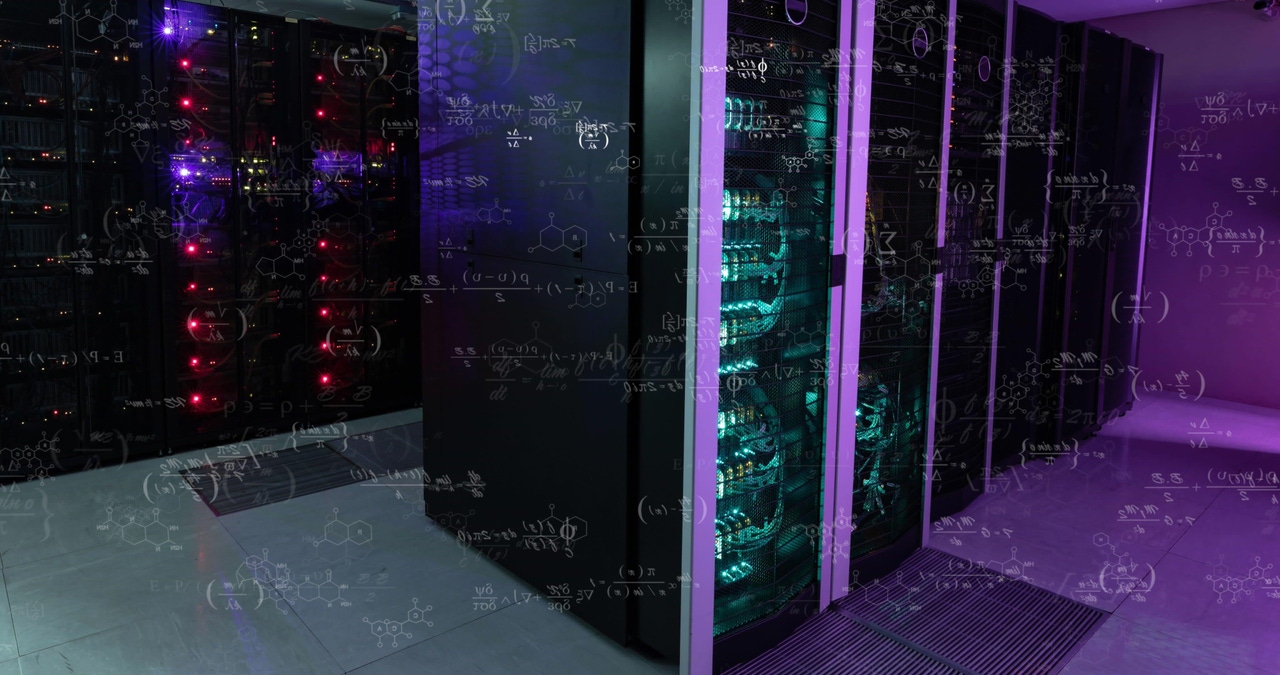The Sweeping AI Trends Defining the Future Data CenterThe Sweeping AI Trends Defining the Future Data Center
It's clear generative AI will test the limits of data center design. While most of the attention in IT infrastructure falls on advanced processors, data center planners should also consider new cooling methods, such as liquid cooling, and options like nickel-zinc batteries that deliver higher power densities.
July 25, 2024

2023 has been a breakthrough year for artificial intelligence. A decades-old concept previously relegated to sci-fi stories is now a mainstream tool that millions use in their everyday lives. Netflix users are getting personalized recommendations with the help of AI. Developers are using it to automate code reviews. Designers are using AI for new product iterations.
Behind the scenes, data centers are buzzing with more activity than ever. IT teams are reassessing their plans and resources to ensure they can thrive in the AI era. There's no longer any doubt that AI will reshape the way we live and work -- and thus reshape the infrastructure underpinning it all.
There are clear macro trends emerging in artificial intelligence, including an explosion of new AI use cases across the consumer and business landscape, a continued surge in generative AI, and growing regulatory and compliance requirements. Each of these has significant implications for the data center marketplace. Everything from processor design to battery chemistry within the data center needs to be reconsidered.
New AI use cases continue to emerge
As AI continues to improve, its impact on the economy is sure to be far-reaching, extending across all industries. Novel use cases continue to emerge in healthcare, education, commerce, and other critical sectors. SaaS AI tools are making the technology more accessible than ever. According to an estimate from Goldman Sachs published earlier this year, AI could eventually increase annual global GDP by 7%.
While this is a boon for society, these data-intensive workloads are already putting a strain on the data center market. Around the world, data center capacity is shrinking, according to CBRE, due to strong demand. Combined with challenges such as construction delays and power limitations, the pressure is forcing data center costs to rise as well. Even with higher data center prices, demand continues to grow. Businesses across verticals want to deploy more AI-powered solutions.
As AI becomes more pervasive in critical business systems and applications, it's worth considering whether AI use cases will be supported by critical load designations or hit by load shedding during an outage. With the increased power density of AI, variability in AI-driven power demand, and general demand for more capacity, data center operators will need to ensure they have appropriate and sufficient power and backup resources. Advancements in battery technology can be a strategic tool in improving both a facility's power density and its thermal stability. Nickel-zinc (NiZn) batteries deliver industry-leading power density and operate over a wider temperature range -- with no thermal runaway.
The rise of generative AI
Industries aren't just exploring AI; they're specifically interested in generative AI.
Generative AI quickly became a mainstream tool with the release of OpenAI's ChatGPT in late 2022. While other AI-powered tools offer insights and predictions based on existing data, generative AI tools can create entirely new content.
The potential for generative AI is immense. In less than a year, its advent has already upended business-as-usual in sectors like software development, education and media. While the technology is already making waves, the deployment of generative AI is still in early stages. Technology giants like Microsoft, Google, Adobe and others are investing huge sums to integrate generative AI into their tools.
Meanwhile, enterprises are similarly eager to leverage generative AI. Market research firm Enterprise Technology Research found that nearly half of the organizations it surveyed earlier this year are evaluating their business use cases. The most common use cases cited were customer support, text and data summarization, code generation and documentation, and writing content. The technology is sure to improve and evolve over the next year, bringing more sophisticated use cases and user-friendly tools.
Training generative AI models is a huge task that requires significant computing power. According to Dell, the largest models take months to train, even with dedicated data centers filled with GPUs. Training OpenAI's ChatGPT-3, for instance, would take as long as 34 days, even with more than 1,000 Nvidia A100 GPUs. All of those GPUs, meanwhile, require valuable floor space, tremendous amounts of power, and sophisticated hardware cooling systems.
However, the truth of the matter is that AI workloads are not consistent in their power draws. Training models takes immense power, as does running enterprise-grade models in production. There are times, however, when AI loads will put less strain on a data center. AI's inconsistent power draw causes a cycling effect on batteries that the industry is still adjusting to. This is yet another reason why the power density and thermal stability of nickel-zinc batteries has become more compelling.
The need to innovate
It's clear generative AI will test the limits of data center design. And as more industries find new use cases for AI, the pressure on the status quo will build. Typical data centers, as they exist today, simply aren't built for such power-intensive workloads. For a server rack running standard enterprise applications, the average power draw is around 7 kW, according to data center organization AFCOM. Yet AI applications typically use more than 30 kW per rack.
While most of the attention in IT infrastructure falls on advanced processors, there's room for innovation throughout the data center. Data center planners, for instance, should consider new cooling methods, such as liquid cooling, to keep infrastructure at safe temperature levels. Options like nickel-zinc batteries could allow data centers to operate over a wider temperature range while also offering a longer operating life and industry-leading power density.
It's not just the equipment within a data center that needs a refresh -- the design of buildings themselves will change to accommodate AI workloads. Modular data center buildings are becoming mainstream, allowing organizations to build out their infrastructure as needed. This requires safe and efficient components, with power more distributed than the typical, centralized UPS (uninterruptible power supply) backup systems.
As data centers evolve to incorporate AI, data center operators will also find ways to use AI themselves. Data center maintenance and operations are clear use cases for AI, allowing for greater efficiency and security.
Growing regulatory and sustainability requirements
As organizations prepare to leverage AI, every step of the process -- from data center buildout to deployment -- should consider the evolving regulatory environment. When ChatGPT hit the mainstream, it was also a wakeup call for policymakers and regulators who have been mulling over new rules to govern the AI era.
In the coming months and years, AI practitioners are sure to see new rules regarding the way AI models are built and deployed. They're also likely to see updated regulations around physical infrastructure, requiring critical systems and large facilities to be safeguarded against everything from cyberattacks to fires.
A new wave of regulation could also zero in on the environmental impact of data centers. Organizations are already taking the initiative to consider stepped up ESG goals as they build out their datacenter footprint. With a growing awareness of the toll that AI can take on our environment, datacenter planners need to think about how materials in their facilities are sourced, what pollutants they may emit, and how they can eventually be recycled.
We've reached a serious inflection point in the development of AI. Its impact on society will reverberate in ways we can't entirely anticipate. We can, however, watch the broad trends unfolding and take steps to guarantee we're prepared for the new AI era.
Related articles:
About the Author
You May Also Like




